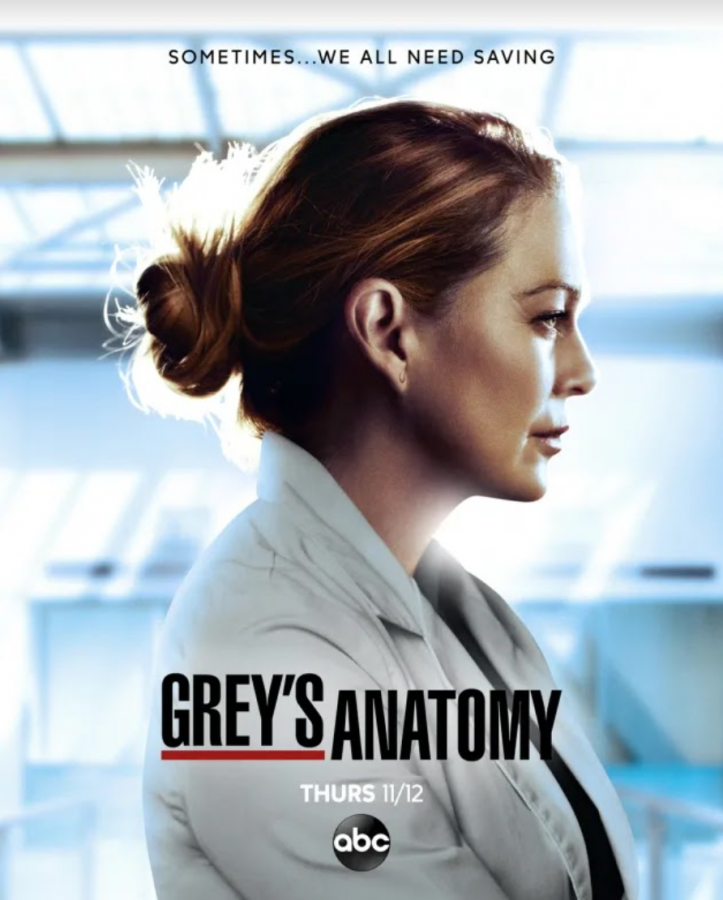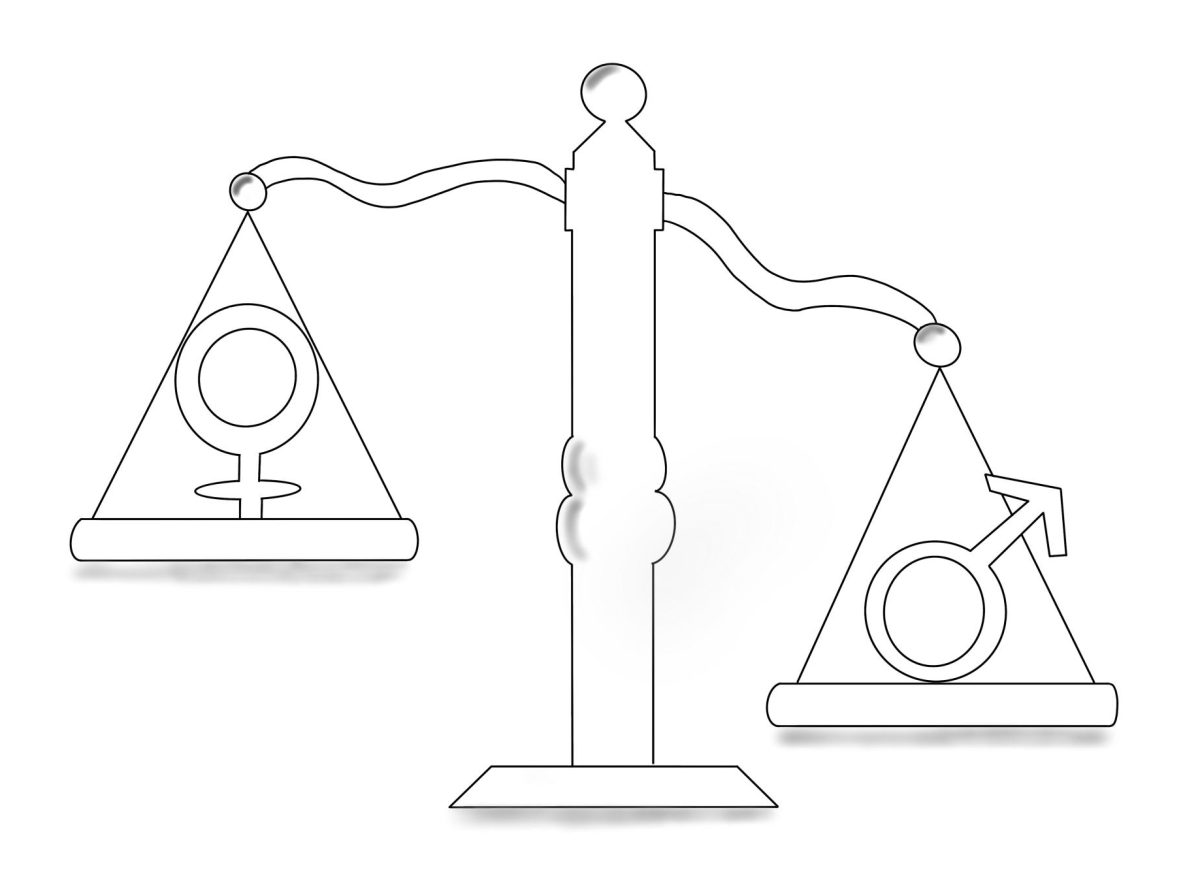‘Grey’s Anatomy’ cuts into social issues
May 27, 2021
On March 27, 2021, avid fans of “Grey’s Anatomy” recognized its sixteenth anniversary. Since the original release date, roughly one season a year was fully released, and the seventeenth season continues to glue dedicated fans to their couches every Thursday night. “Grey’s Anatomy,” casually referred to by fans as “Grey’s,” is a cinematic drama series centered around the fictional Grey Sloan Memorial Hospital. The program has been a staple television show in high school culture and is very popular among students. Over the past sixteen years of airing, “Grey’s” has provided weekly comedic relief and an opportunity for viewers to live vicariously through the main characters’ ever-changing love lives. It addresses and brings awareness to a wide variety of social issues that are crucial for the public to understand, and the show’s incredible implementation of such serious topics into its storyline is what makes it so relevant.
One of the most pertinent examples is the portrayal of the harsh realities of the COVID-19 pandemic. “Grey’s Anatomy”’s current season takes place amidst the global crisis, giving viewers a glimpse into the heart-wrenching tragedies the virus has caused. The many consequences of COVID-19, such as the isolation of patients from families and devastating deaths, reflect the truth about what this illness looks like inside of hospital walls. By bringing light to the darker side of the pandemic’s effects, “Grey’s” promotes imperative health protocols and demonstrates the issues many are facing as a result of negligent behaviors. Putting adversities like COVID-19 into perspective is what makes “Grey’s” so outstanding.
“Grey’s Anatomy” continuously acknowledges racial prejudices and the reality of being a person of color in America. In the show’s fourteenth season, Ben Warren, a paramedic, brings a 12-year-old Black boy into the hospital after he was shot by the police because they saw him climbing through the window of a building and wrongfully assumed he was attempting to break in. Viewers later discover that the child had forgotten his keys and was trying to return to the comfort of his own home. The boy died as a result of the wrongful shooting. This child had experienced a racially motivated action that cost him his life. The police showed racial prejudices and bias when they made the decision to shoot him without concrete evidence of a crime. The episode concludes with a moving conversation between Warren, a Black man, and his stepson, Tucker. Warren has Tucker practice for potential future interactions with the police. With both hands raised, any sort of pushback forbidden, a clear statement of name, age, and lack of weaponry on him, Tucker’s speech reflects the Black experience regarding discriminatory law enforcement.
Furthermore, throughout the entirety of the show, viewers follow the lives of multiple characters who struggle with substance abuse and addiction. Dr. Richard Webber is shown fighting alcoholism and is incredibly impactful to audiences who may be going through similar struggles. The audience watches Webber at his lowest points in his journey to sobriety and watches as he bounces back with proper help. Additionally, viewers can watch him inspire his peers and prevail as the Chief of Surgery for many seasons. Amelia Shepherd, a recovering drug addict, works each day as the head of Neurosurgery at Grey-Sloan Memorial Hospital, a place where drugs and medicine are constantly at the fingertips of any employee. Her strength and perseverance to do what she loves whilst remaining sober is another example of an inspiring role model.

Additionally, younger viewers catch a glimpse into the active process of combating addiction and becoming sober from a child’s perspective. Betty Nelson, a 15-year-old who appeared on the show in season 14, is addicted to opioids that were originally prescribed to her in order to relieve pain after she tore her ACL playing soccer. She eventually overdoses alongside her boyfriend, who does not survive. This storyline addresses the issue of peer pressure regarding drug use, the overlooked issue of addiction as a result of a doctor’s unintentional ignorance, the severity of its consequences, and the importance of getting help.
“Grey’s Anatomy” is a very popular show with a wide audience, which is why it is great to see writers take the time to emphasize the importance of dilemmas that are relevant to the modern audience. The acknowledgment of prevalent modern-day problems was intended to leave audience members feeling moved, represented, and aware of the world around them and the experiences of others. I recommend the show to all Redwood students who like to stay educated on a variety of current issues while simultaneously enjoying the captivating plot that comes with the show. The balance of serious and educational themes along with humorous and romantic moments that run throughout “Grey’s Anatomy” is unmatched, and it can’t get much better than that.























